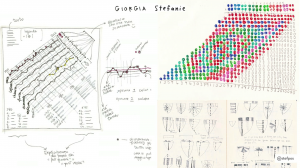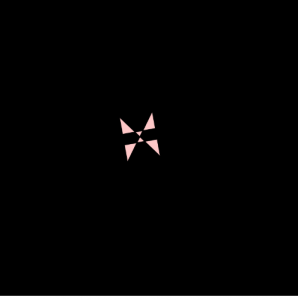Minimaforms is an experimental architectural design practice founded in 2002, the vision of two brothers, Theodore and Stephen Spyropoulos. Theodore is an architect, and Stephen is an artist and interactive designer. Their work is synergistic, and look at possible futures and designing projects that act as prototypes. They’re interested in looking at communication and the way information is deconstructed and connected.
Their work is quite refined. The more pure architecture projects not display parametricism, but specifically resemble communicating nodes, or as they say, an agent based system with an emphasis on how they communicate over time. One of their projects that I particularly admire is titled Archigram on their website, and is an evolution on a 1966 Archigram project “Living Pod“, which is a proposal for a trailer home-like dwelling that can move and connect to other units to create larger structures. I think the project is impressive both on the conceptual level, but especially that they brought it all into a large physical model. Additionally, they took the idea of the pod and literrally evolved it, developing spines and tails to connect, which does fit with the idea of a time-based development.

Their presentation strategy felt “standard architectural”. They ran through their work, showing images and videos, going through the goals and results of the projects. By looking at the results of the projects, you can frame what it is an individual or group aims to change or improve.
![[OLD FALL 2018] 15-104 • Introduction to Computing for Creative Practice](../../../../wp-content/uploads/2020/08/stop-banner.png)





